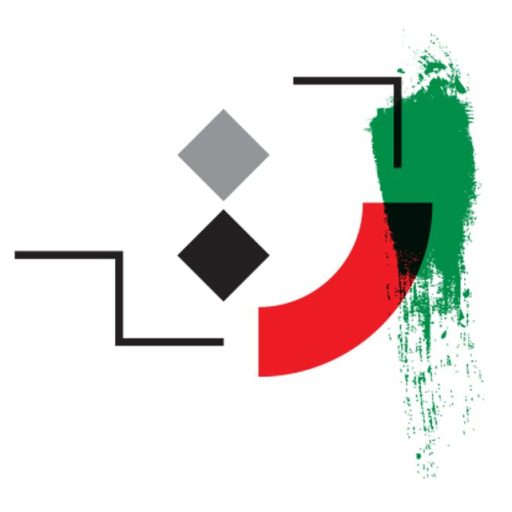Mohammad Ali Baniasadi
Biography
Mohammad Ali Bani Asadi (born 1334 in Semnan) is an Iranian painter, book illustrator, and sculptor. He has also worked in the fields of cartooning and animation. He has been a member of the faculty of Visual Arts of the Fine Arts Campus of the University of Tehran and one of the founding members of the Association of Children and Adolescent Book Illustrators and the chairman of the board of its first term. After decades of working in the field of children’s book illustration, he was nominated for the Hans Christian Andersen Nobel Prize in 2012 as one of the world’s five greatest illustrators and has been nominated for the Astrid Lindgren Prize for four consecutive years since 2013. After finishing high school in Semnan, Bani-Asadi came to Tehran to continue his education and in 1974 he received a degree in sculpture from Kamal-ol-Molk Conservatory in Tehran (District 12). He was a member of the Children and Adolescents’ Intellectual Development Center in Semnan as a teenager. In the center, from 1353 to 1355, he took an animation course and got a degree. He completed his bachelor’s degree in painting at the Faculty of Fine Arts, University of Tehran, under the supervision of teachers such as Mohsen Vaziri, Moghaddam, Jalal Shabahangi, Marko Grigorian and Morteza Momayez, and graduated in 1980, shortly before the Cultural Revolution and the closure of universities. He received his master’s degree in illustration in 2001 from the Faculty of Fine Arts. In the sixties, due to the lack of space to make a living through painting, he turned to book illustration and teaching, and in addition, he worked as an illustrator for magazines such as Baran, Kayhan Bacheha and Soroush for children and teenagers. He has also illustrated the stories of the Thousand and One Nights three times in different years, resulting in more than a hundred images. “Balloon and Blue Horse” by Mohammad Reza Shams, “Rainbow that did not always happen” by Ahmad Reza Ahmadi, “Colorful Garden and Beautiful Flowers” by Nasser Keshavarz, and “After Greetings” by Mojgan Kalhor, and “Lady of a Thousand Stories” by Fariba Kalhor and “Birds and the Sky” written by Farideh Farjam are the titles of several works of one hundred books illustrated by Mohammad Ali Banyasadi that have been published in different years. Bani Asadi is very loyal to Iranian visual culture and literature. He left the country once in the sixties to emigrate, but returned, the most important feature of his works is the connection with the Iranian identity. In the arrangement, characterization and coloring are influenced by the rich visual culture of the country in different periods of Iran from ancient civilization to Qajar. As this artist has a deep connection with Iranian culture in creating his works, he seeks to try new spaces in the field of visual arts and along the way, he is not deprived of paying attention to the history of Western art and seeks to discover and create various visual ways in his works. The result has been a response to the history of art. Since the 1970s, the predominant subject of his paintings has been a combination of man and animal, which were later combined in the 1980s with their own kind of calligraphy. In recent times, his works, human beings, and portraits have moved away from the example, and closer to reality. Karim Nasr says about this artist: “I have known Banyasadi for many years. I met him in the cosmos. I saw many others known today, but Bonyasadi was something else: passionate, involved, and arrogant. He was right. He reads a lot and was busy. Understood and analyzed illustration and painting well. But for me, a part of his paintings was undiscovered for a long time. I did not know how he organized his visual elements. There was something in his work that made him miscalculate, it was non-computational. There are elements in his work that you do not know where they came from. Until… until I went to his house. His room was full of books, magazines, paper, and painting tools, and his place of the rule was somewhere in the middle of these objects. His room looked cluttered, but I was sure he would not take the time to find what was “lost” in the crowd. “He would summon him quickly and hire him, and that was just like his paintings.”
- Birthday: 27.11.1955
- Birthplace: Semnan, Semnan, Iran
- Interview date: 29.09.2015 – 03.12.2015
Painter and Sculptor
Pariyoush Ganji
Ali Akbar Sadeghi
Farshid Mesghali
Podcast will be published soon.
